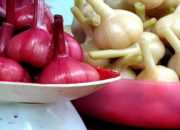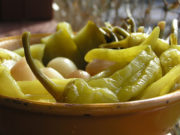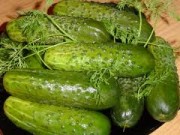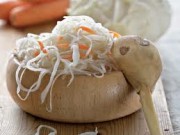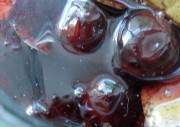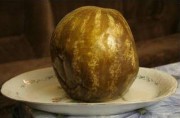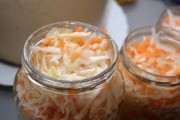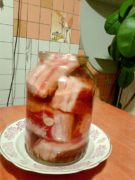Pickled hot peppers for the winter in Mexican style
Many gardeners know that it is impossible to plant different varieties of peppers next to each other. This is especially true for sweet bell peppers and hot chili peppers. If a sweet pepper is pollinated by a hot one, then its fruits will be hot. This type of bell pepper is not suitable for summer salads because it is too hot, but for pickling it is exactly what you need.
Time to bookmark: Summer, Autumn
Not everyone can eat traditional pickled peppers called tsitsak. This pepper is too hot, and you need to have very strong and seasoned taste buds to enjoy such heat. Pickled pollinated bell peppers, together with hot peppers, give a milder taste, and this pepper can be eaten whole, without running around the kitchen with your mouth open. I offer a recipe from Mexican cuisine on how to ferment hot peppers for the winter.
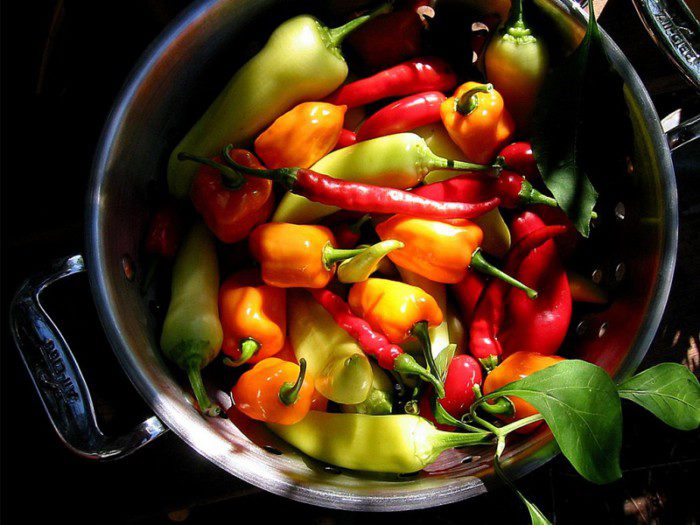
In addition, this type of workpiece allows you to adjust the sharpness of the future workpiece. If you like it spicier, add more chili peppers; if you like mild spiciness, just add 2-3 chili peppers for every kilogram of bell pepper.
Don't forget to wear rubber gloves before handling hot peppers.
For winter fermentation, dense, fleshy fruits are selected. Wash them and prick each pepper at the very tail with a fork, knife, or toothpick.
Pepper fermentation is usually carried out in a large container. A barrel, bucket, or large pan is suitable for this.
Place a “pillow” of horseradish leaves, dill sprigs and cherry leaves on the bottom of the pan.
Place bell peppers in a pan, mixed with hot chili peppers, sliced lemon, and prepare the brine.
For 2 liters of water:
- 6 tbsp. l. salt;
- 3 tbsp. l. Sahara;
- 1 lemon.
Boil water with salt and sugar and cool. Pour the cold brine over the peppers until they are completely covered and floating in the container. Shake the pan slightly to release any air bubbles.
Place a plate slightly smaller in diameter than the pan into the pan to submerge all the peppers so that they do not float, and leave the peppers to ferment at room temperature for several days.
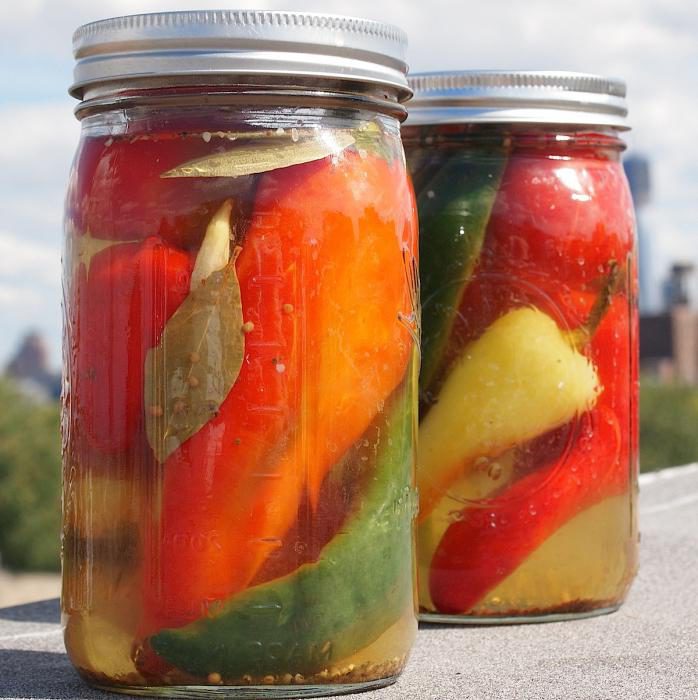
After 3-4 days of fermentation, the pepper can be transferred to a jar, closed with a plastic lid and put in the refrigerator. The fermentation countdown begins from the moment the brine becomes cloudy and white mold appears on the surface. During fermentation, this mold must be carefully removed and the pan must be shaken a little from time to time so that air bubbles do not form between the peppers.
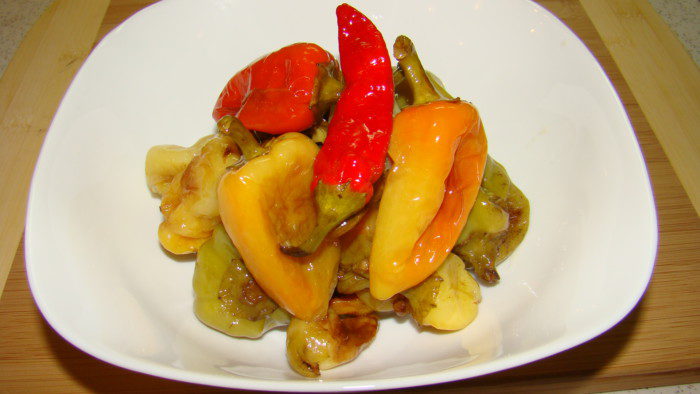
Watch the video on how to ferment hot peppers for the winter:
See video: TTSSAK-FERRED PEPPER IN ARMENIAN (ԾԻԾԱԿ) delicious and simple recipe from İnga Avak



